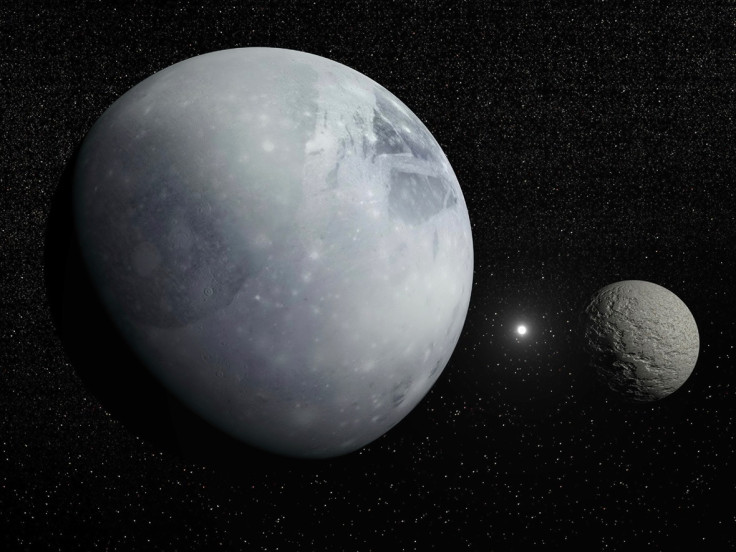Nasa's New Horizon probe detects 'nitrogen ice' on Pluto's surface

Nasa's New Horizons spacecraft has spotted surface features on the icy planet Pluto, including a possible polar cap, images released on 29 April show.
New Horizons has been able to make out surprising light and dark patches on the surface of Pluto, which is currently more than 32 times farther away from Earth than the sun. New Horizons is due to rendezvous with Pluto on 14 July, 2015.
"We are starting to see intriguing features, such as a bright region near Pluto's visible pole," Nasa science chief John Grunsfeld said in a statement, in reference to what scientists believe could be a polar ice cap.
In the images, Pluto - still 60m miles from New Horizons - appears as a small, highly pixelated blob, but already scientists can see there is something very odd about its surface.

"It's rare to see any planet in the solar system, at this low resolution, displaying such strong surface markings. If you had similar images of Mercury, or images of even Mars, you would not see the same kinds of big surface units going by as you do here on Pluto. That's very promising," New Horizons lead scientist Alan Stern, with the Southwest Research Institute in Boulder, Colorado, told reporters during a conference call.
Because Pluto is tipped on to its side, similar to Uranus, New Horizons has a steady gaze on one of its polar regions, which appears in the images to be consistently brighter than other areas. Scientists suspect the pole is covered by a highly reflective cap of nitrogen ice.
New Horizons has been travelling towards Pluto for almost 10 years, during which time the outermost planet in the solar system was demoted to "dwarf planet" status after scientists discovered other similar icy bodies in solar system's back yard.
© Copyright IBTimes 2025. All rights reserved.





















